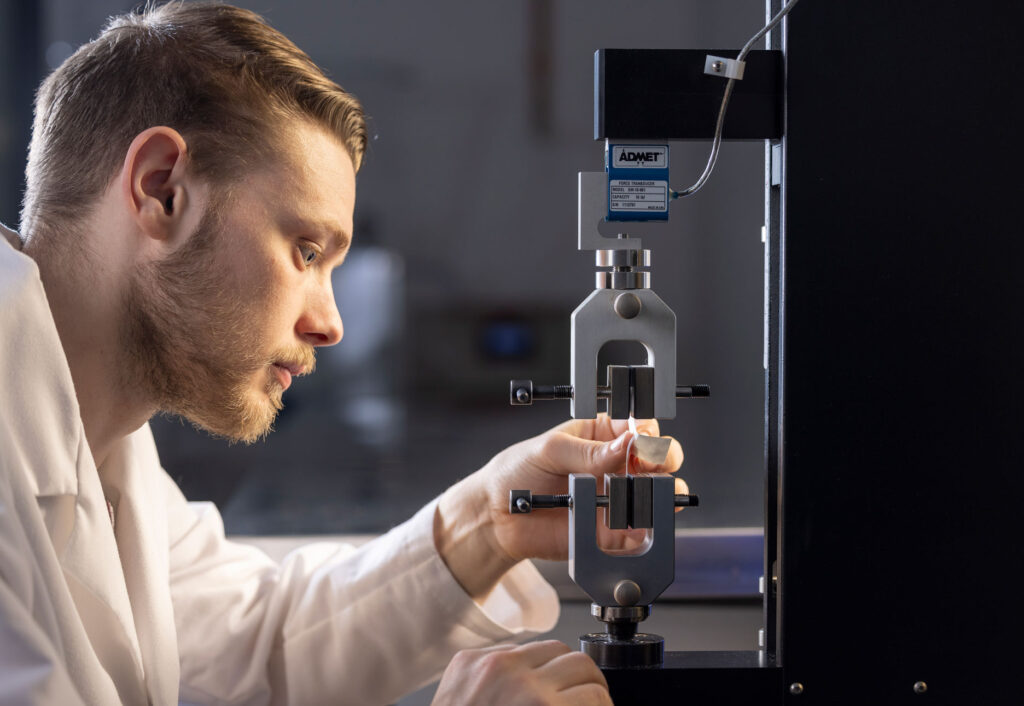

In the ever-evolving landscape of medical technology, innovators are constantly pushing boundaries to bring novel solutions to the market. One regulatory pathway that plays a crucial role in introducing groundbreaking medical devices is the De Novo process. In this blog post, we will explore the intricacies of the De Novo request, shedding light on the challenges and opportunities it presents.
Understanding De Novo Requests
What is a De Novo Request?
A De Novo request is a regulatory pathway that involves a risk-based strategy for introducing a new, innovative medical device, in vitro diagnostic, or medical software solution. This process is reserved for products that do not have a precedent on the market, requiring classification as either a Class I or Class II device.
The Clean Slate Challenge:
De Novo is akin to starting with a clean slate in the regulatory landscape. Unlike traditional 510(k) submissions, which often leverage existing data and product classifications, De Novo submissions demand a comprehensive approach. The innovator must go through the full gamut of clinical trials, testing, and other rigorous processes.
Timing and Expert Guidance:
The De Novo process can be a time-consuming journey, with some submissions taking years to establish. However, innovators have the option to seek assistance from FDA consultants at various stages to navigate the complexities effectively.
Contrasting with 510(k) Submissions
Normal 510(k) Submissions:
In contrast to the De Novo process, traditional 510(k) submissions follow a more streamlined timeline, typically ranging from 30 to 90 days once all required data is compiled for FDA review. Most companies and medical devices leverage existing data to demonstrate equivalence, riding on the coattails of previously approved products.
Leveraging Existing Data:
A significant advantage of 510(k) submissions lies in the ability to leverage existing devices and data. Innovators can build upon the classification and risk assessments of established products within the FDA’s framework. This approach allows for a smoother and faster regulatory pathway.
Components of a 510(k) Submission:
A typical 510(k) submission packet includes:
- Risk classification documentation.
- Evidence of equivalence based on existing submissions.
- Integration into established product families within FDA classifications.
- Introduction of new variables to demonstrate the absence of significant changes.
- Test data justifying the equivalence and leveraging of existing data.
In the dynamic field of medical innovation, the De Novo process stands as a rigorous but essential pathway for bringing unprecedented devices to market. While it may take years and involve substantial efforts, the Clean Slate approach ensures that groundbreaking technologies undergo thorough scrutiny, providing a robust foundation for patient safety and regulatory compliance. Whether opting for De Novo or the more conventional 510(k) route, understanding the nuances of each pathway is key for success in the complex world of medical device regulation.